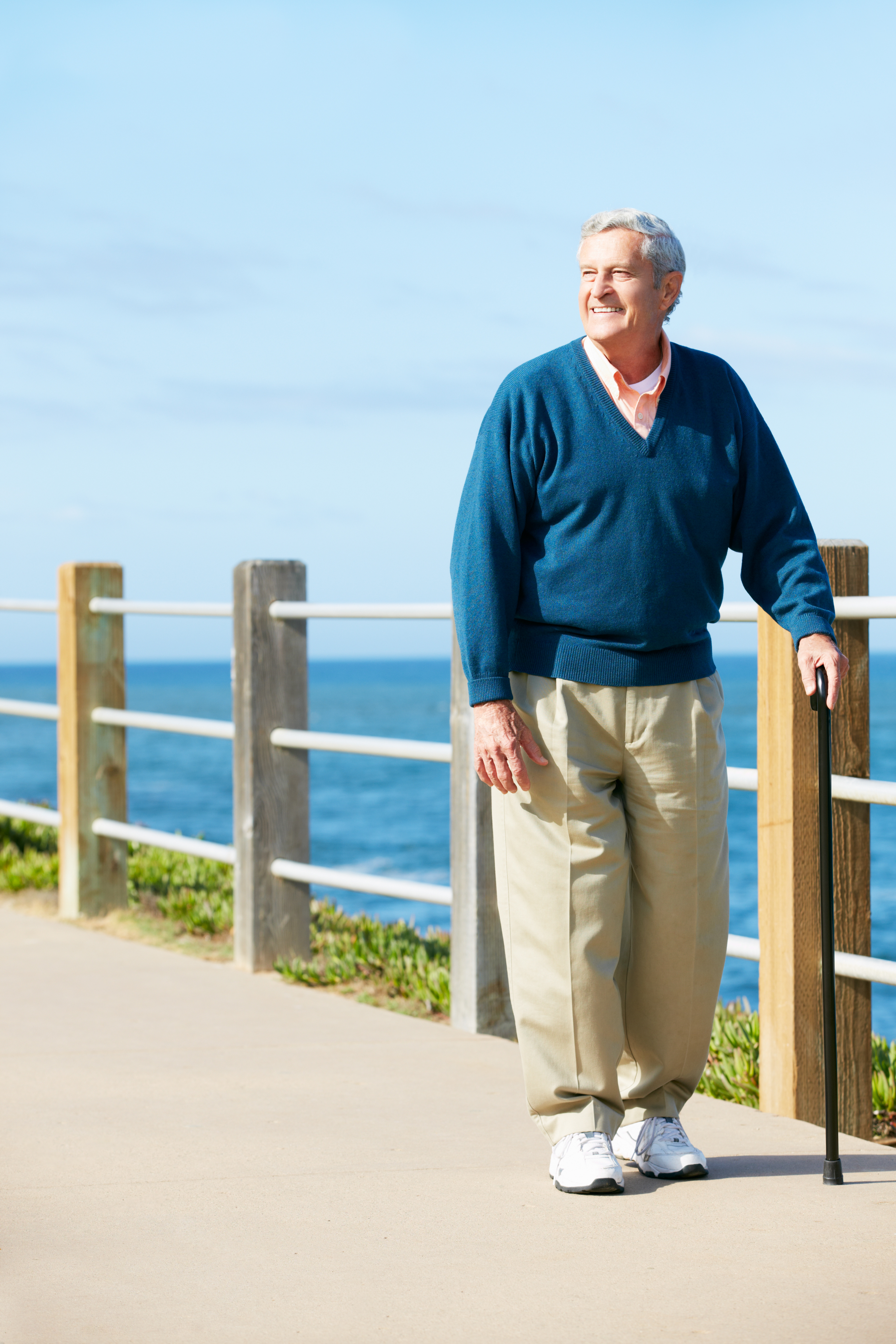Canada’s population is aging. In 2015, there were almost 6 million seniors over the age of 65 – that is nearly 1 in 6 Canadians. As we grow older, we face increasing risk of falls, accidents, disabilities, and illnesses. As a senior how can you stay safe and healthy?
Why is Older Adult Safety Important?
Older adult health and safety is important for maintaining our ability to age in place of choice. Statistics Canada has highlighted the following safety risks for older Canadians:
· 89% of Canadian seniors had at least one chronic health condition. Arthritis and rheumatism were the most common.
· 25% of Canadian seniors reported having 2 or more list of chronic conditions such as high blood pressure, arthritis, back problems and diabetes.
· 63.7% of Canadians reported to be injured in a fall
· There are 3.25 million people aged 65 and over in Canada who have a driver’s licence.
· 92.1% of seniors live in private households
These statistics demonstrate the increased risk to seniors for health and other safety concerns.
Occupational therapists can help!
Occupational Therapists (OT) are trained professionals who address aspects of getting people back to doing things they want to do, need to do, or have to do, but may be experiencing challenges when doing so. Occupational Therapists can support older adult’s health and well being through providing supports for seniors to maintain active social connects, manage changes in health conditions, and to continue engaging in activities that provide them with meaning and joy.
These are the following areas that an OT can help keep seniors safe and healthy!
Fall Prevention
Falls are the leading cause of injury among older Canadians with 20-30% of seniors experiencing one or more falls each year (Statistics Canada).
Occupational Therapy can help seniors prevent falls by assessing their functional status and reviewing the hazards in their environment that may put them at risk for falling. Strategies to prevent falls can be discussed, such as:
· General Education on how to do activities differently to stay safe
· Equipment and devices to assist
· Home modifications such as lighting, flooring, organization and layout
Aging in Place
Canada’s Population Is Aging! In 2011, 92 % of all seniors ages 65 + lived in private homes, and over 10 million seniors are living with a chronic condition (Statistics Canada). Older adults also have disproportionally higher rates of unmet care at home (Turcotte, 2014). Thus, ensuring these individuals function safety and independently at home is a high priority!
Occupational Therapy can help by assessing the home and the homeowner to ensure a proper fit between the person and environment to promote overall health and safety.
An OT can prescribe the proper assistive devices, education and help people plan ahead so they can “ age in place” without being at risk.
Keeping Senior’s Active
Remaining physically active as you age can help reduce, prevent or delay diseases and can help to manage stress, improve mood and boost cognition! 57% of Canadian seniors consider themselves physically inactive (Statistics Canada).
Occupational Therapy can help seniors remain physically active by:
· Creating Custom Activity Plans based on health and abilities
· Helping seniors create a daily schedule that includes physical activation
· Helping seniors to find appropriate facilities and groups to join or other productive and meaningful activities.
Sleep
Sleep is important for recovering from illness and injury, staying healthy, and ensuring people have sufficient energy during the day to accomplish life roles. Difficulty sleeping is a common and detrimental issue for people in various life stages.
Occupational Therapy can help seniors reduce sleep problems by:
· Reviewing sleeping positions and patterns to suggest improvements for both comfort and quality of sleep
· Assessing the bed, mattress and pillows to ensure the body is sleeping in the optimal position for comfort
· Prescribing assistive devices to improve sleep positioning, bed transfers and bed mobility
· Helping people to implement a new sleep routine that will improve your sleep quality and duration!
Cognitive Impairments
According to the Alzheimer’s Society of Canada as of 2016, there are an estimated 564,000 Canadians living with dementia – plus about 25,000 new cases diagnosed every year.
Occupational Therapy can help people with dementia or who have altered/declining cognition by:
· Educating people and loved ones on how to maximize function while still promoting independence and safety in the completion of activities of daily living.
· Assessing cognition, abilities and environment to make suggestions on ways to compensate for declining cognitive skills through direct therapy or environmental modification
· Developing routines and schedules that promote independence and eases the role and need for a care giver
· Prescribing safety equipment and devices to optimize function
Transition Stages
Occupational Therapy can play a crucial role in helping seniors through live transitions this by:
· Identifying, planning and helping people engage in finding new meaningful occupations outside of work
· Providing education on role changes, spending time with family and friends, healthy lifestyles and choices
· Helping discover new ways to occupy their time, participate in leisure activities and find new interests
· Improving quality of life through promotion of independence and pain management strategies
Check out our infographic on how OT works for seniors and stay tuned to our blog next week for our post on how OT’s can help older adults be safer on the road.
Resources
http://www.statcan.gc.ca/pub/11-402-x/2012000/chap/pop/pop-eng.htm?fpv=3867
https://www.tc.gc.ca/media/documents/roadsafety/cmvtcs2013_eng.pdf
Turcotte, M (2014). Canadians with unmet homecare needs. Statistics Canada report. http://www.statcan.gc.ca/pub/75-006-x/2014001/article/14042-eng.pdf
http://www.caot.ca/default.asp?pageid=1454
http://www.caot.ca/default.asp?ChangeID=1&pageID=621
http://www.caot.ca/default.asp?pageid=1501












